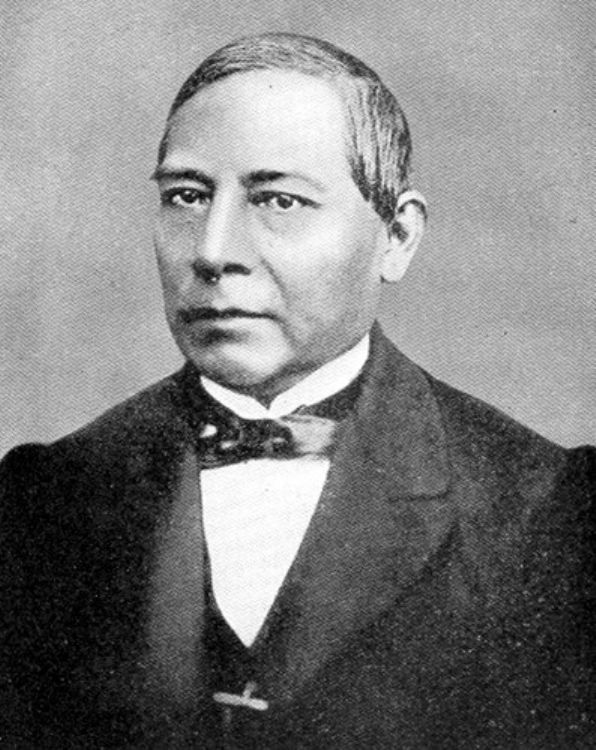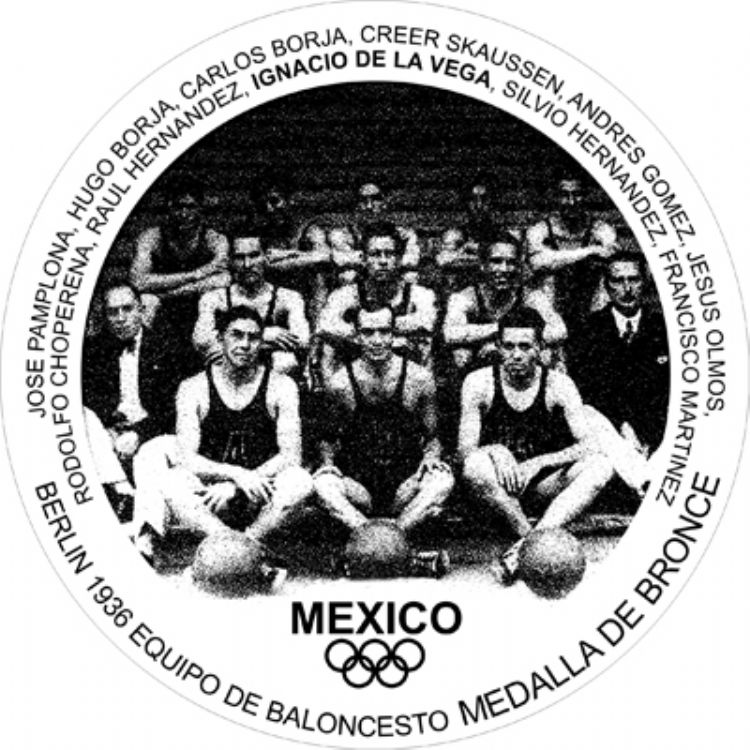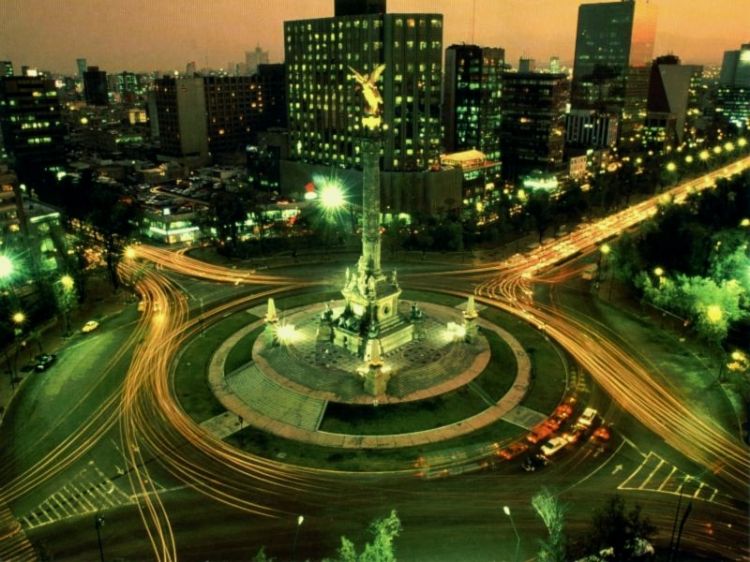Benito Juárez

After the War of Independence many factors came into play as obstacles for reaching Mexicoâs political and economic stability for decades. On the one hand there wasnât a Constitution for authorities to politically organize the country. Thus, the first challenge was to create a Constitution, which at first couldnât be separated from all the ideological and administrative inheritance of the Colonial Era. Those first attempts were characterized by the search of a monarchy, electing a Spanish monarch. Among those, outstanding for his poor performance, was Antonio Lopez de Santa Anna, who left the country in serious economic problems and lost a great part of the territory. Simultaneously, Mexican politicians started to divide into liberals and conservatives; those who not only desired a Constitution, but also a Republican government. Benito Juarez emerged from among them, who from the start of his political career was persecuted and signaled for opposing the monarchy. However, he could reach the presidency, but full of obstacles because the country was at its peak and added to this was the discontent of the clerics who interpreted his attempt to separate the Church from the State as an aggression.
Benito Juarez was the son of Zapotecs, born on the 21st of March 1806 in San Pablo Guelatao. At thirteen he moved with his family to Oaxaca City (today Oaxaca de Juarez). Protected by a Spanish priest, he enrolled in Oaxacaâs Seminary and later in the Institute of Science and Art, where in 1834 he graduated as a lawyer. In 1833, two years after becoming regent of Oaxaca, he was elected deputy. In 1847 he became governor of the State of Oaxaca and in 1848 was reelected for four more years.
The intervention of Juarez in the political life was at a very important moment for the country, besides his ideas against a close relationship between State and Church, he opposed the monarchy, for which in 1853 when General Antonio Lopez de Santa Anna regained power, was jailed, exiled and successively deported to the Cuban City of Havana and later to the North American City of New Orleans in Louisiana.
In 1854 he supported the Plan de Ayutla, demanding the creation of a constituent assembly for the framework of a federal constitution. He returned to Mexico in 1855 for taking part in the liberal revolution that overthrew Santa Anna. Soon after, between October and December of that year, he was Minister of Justice during the short government of Juan Alvarez. In 1855 he carried out one of the most important reforms for the country, suppressing the privileges of the clergy and army, declaring all citizens equal under the law.
Later, in 1856 he was assigned governor of Oaxaca, post from which he became Secretary of State for the government presided by Ignacio Comonfort, between November and December 1857, once the Constitution gained federal character in March of that same year.
He was also President of the Supreme Court of Justice starting on December 1857, and under that post became provisional President of the Republic on the 19th of January in the city of Guanajuato, opposing conservative General Feliz Maria Zuloaga.
In January 1858 he established his government there, then proceeded to organize his cabinet and published a manifest that started the Reform Revolution. Therefore, there were two governments, the conservative desiring to keep the former status and Juarezâs reformer. In mid February, Juarez established his government in Guadalajara, where he agreed to remain with the general government of that city while recovering the countryâs capital and requested organic constitutional laws from the Congress of the Union, summoned presidential elections and order what seemed convenient according to the situationâs needs. The Reform War was underway.
During this war, foreign countries often exercised a direct influence on the countryâs politics both in favor of the liberal government, as well as the conservative. The Minister of the United States, John Forsyth, who the same as his colleges had recognized Zuloagaâs government, soon suspended relations with him.
In response, United States President Buchanan sent Robert McLane with instructions to provide or deny recognition to the constitutionalist government. The new minister on the 6th of April 1859 recognized, on behalf of his government, the administration of Juarez, which had been able to organize and maintain a liberal army that in 1860 was close to triumphing, because one of the most important places for the movement was Veracruz, where conservative troops were completely defeated. Miramon and a few leaders returned to the capital with the news of his failure. On that December night Miramón, Marquez and Zuloaga left Mexico.
The year 1861 started with the success of the Reform Revolution and the establishment in the capital of the constitutionalist empire. The separation between Church and State ended conflicts between both institutions. The capital anxiously awaited the arrival of President Juarez for learning of his proposals. The President published a manifest to the nation, clearly expressing his radically liberal and reforming policies, also offering an amnesty. However, not everything had been said in the search for peace, because the problem faced by the government for ending the armed reaction was the lack of funds. This lead Congress to publish a decree on the 17th of July, suspending for two years the payment of all public debts, even the debt contracted with London and foreign nations. Ministers Charles Wyke of England and Alphonse Dubois de Saligny in France addressed the government that same day, requesting the decreeâs derogation. On the 25th of that same month they cut relations with Mexico.
Those who believed in the monarchy; which is, the Mexican monarchists residing in Europe, upon receiving the news on the rupture of diplomatic relations with France and England, took advantage for once again attempting to establish a government of this type in Mexico. The monarchists sought the support of the Spanish government and Maximiliano, Archduke of Austria, was summoned to possibly lead the monarchy. Before replying he sought the advice of King Leopold I of Belgium, father of his wife Carlota. He answered that Mexico should have its own opinion regarding the principles. He then wrote to the Pope requesting âduring an extraordinarily important moment, maybe decisive, of his life for his advice, blessing and powerful protection for he futureâ. The Popeâs reply congratulated him.
Although history recorded various warnings to the archduke on the countryâs adversity towards a monarchy, he insisted believing in the European style of reorganizing a central power in a nation that viewed from that continent seemed to still need political guidance.
On the 28th of March appeared the âNovaraâ in Veracruz. The sovereigns were acclaimed during their passing through populations and in Orizaba and Puebla they were splendidly received. In his government, one of Maximilianoâs main worries was the financial issues. According to him, Mexicans leading the Treasury were not skilled to do so, for which he wrote to Paris requesting financer Carlos Eustaquio Corta, who he greatly trusted. But he didnât want to stay in Mexico, and arguing numerous excuses, before the end of 1864 returned to his country. At the beginning of 1865 the first loan had been exhausted and the government was running on a considerable deficit. During this process, Juarez had been reorganizing, even when it was believed that the monarchy had been installed in Mexico. The monarchyâs main problems where of economical nature, internal instability and the little support given to Maximiliano by Europe, especially when Napoleon abandoned him due to his weakening in Europe.
Simultaneously, Juarez gained a reorganization of liberal armies and took a whole city. Upon his triumph, Juarez executed all rebels, even Maximiliano, although he hadnât exactly been his enemy but rather a scapegoat of foreign interests.
The execution of Maximiliano, Miramon and Mejia took place on June 19, 1867 in the Cerro de las Campanas, where the first was taken prisoner. Before dying, the emperor hugged his two generals, giving the place of honor in the center to Miramon and said: âI will die for a just cause, Mexicoâs independence and freedom. Let my blood seal the disgrace of my new country! Long live Mexico!â
Finally, the recognition that Mexico is in debt with Benito Juarez for having reorganized a country in chaos: defining the relations between State and Church, fighting for a true Constitution and achieving the countryâs peace and its recognition as a nation without the need for foreign intervention.
Juarez once again became Constitutional President on December 1867. However, there were numerous sectors opposing his government. Among them, one lead by General Porfirio Diaz, the political candidate that had been defeated in the elections by Juarez, leading a rebellion in 1871, after the reelection. He spent his last months of life trying to suppress Porfirioâs uprising but died before achieving it, on the 18th of July 1872 in Mexico City.
Artículo Producido por el Equipo Editorial Explorando México.
Copyright Explorando México, Todos los Derechos Reservados.
Foto: Wikipedia.Org






